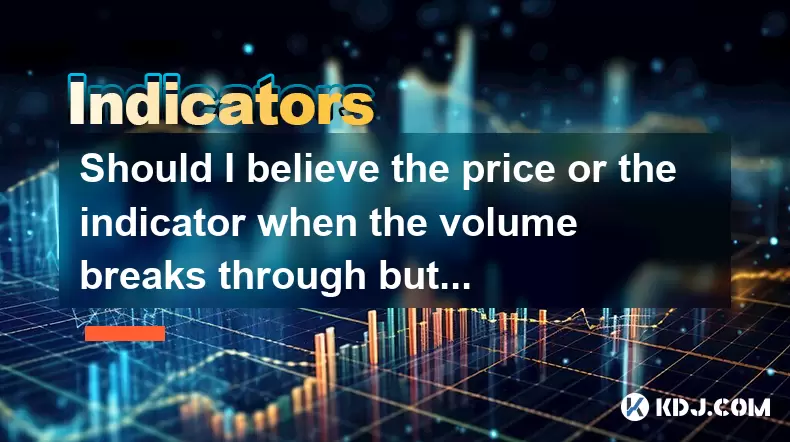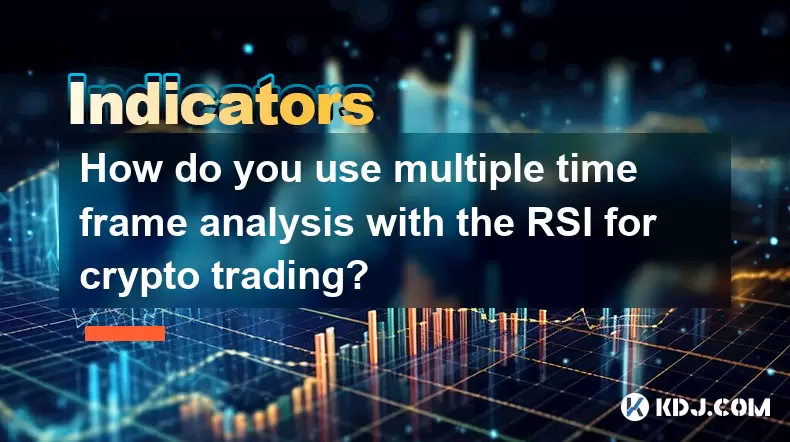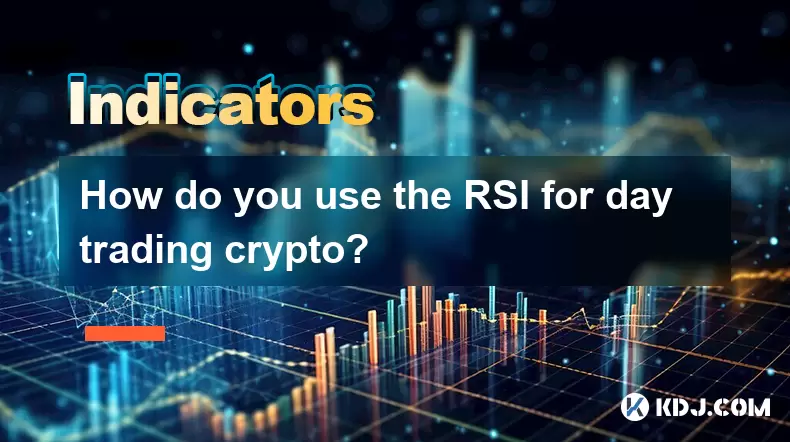-
 Bitcoin
Bitcoin $118400
0.47% -
 Ethereum
Ethereum $3836
2.20% -
 XRP
XRP $3.157
2.98% -
 Tether USDt
Tether USDt $0.9999
-0.03% -
 BNB
BNB $801.5
1.31% -
 Solana
Solana $180.9
2.07% -
 USDC
USDC $0.9999
-0.02% -
 Dogecoin
Dogecoin $0.2225
2.50% -
 TRON
TRON $0.3285
-1.02% -
 Cardano
Cardano $0.7789
2.60% -
 Hyperliquid
Hyperliquid $43.60
2.39% -
 Sui
Sui $3.892
4.41% -
 Stellar
Stellar $0.4229
3.34% -
 Chainlink
Chainlink $18.01
3.98% -
 Hedera
Hedera $0.2745
6.77% -
 Bitcoin Cash
Bitcoin Cash $582.3
3.38% -
 Avalanche
Avalanche $23.77
1.04% -
 Ethena USDe
Ethena USDe $1.001
0.01% -
 Toncoin
Toncoin $3.493
3.59% -
 Litecoin
Litecoin $110.0
2.48% -
 UNUS SED LEO
UNUS SED LEO $8.936
-0.37% -
 Shiba Inu
Shiba Inu $0.00001304
2.49% -
 Uniswap
Uniswap $9.999
1.09% -
 Polkadot
Polkadot $3.897
3.26% -
 Monero
Monero $308.6
-0.83% -
 Dai
Dai $0.9999
-0.01% -
 Bitget Token
Bitget Token $4.504
-0.04% -
 Pepe
Pepe $0.00001154
2.95% -
 Cronos
Cronos $0.1471
3.06% -
 Ethena
Ethena $0.6691
19.53%
Should I believe the price or the indicator when the volume breaks through but the indicator diverges?
In crypto trading, prioritize price action and volume during breakouts, using indicators like RSI or MACD for context rather than direct signals.
Jun 21, 2025 at 09:42 am

Understanding the Relationship Between Price and Indicators
In cryptocurrency trading, traders often face a dilemma when price action contradicts technical indicators. A common scenario arises when volume breaks through key levels, yet certain momentum indicators like RSI or MACD show divergence. This situation creates confusion about whether to trust price movements or rely on indicator signals.
The core of this debate lies in understanding what each component represents. Price reflects real-time market sentiment, while indicators are derived from historical data and mathematical formulas. Therefore, when volume surges, it suggests strong participation, but divergences in indicators imply weakening momentum.
The Role of Volume in Confirming Trends
Volume is one of the most reliable tools for confirming trends in the crypto market. When volume spikes significantly during a breakout, it typically validates the strength behind the move. For example, if Bitcoin breaks above $60,000 with unusually high volume, it may signal institutional interest or a shift in market psychology.
However, it’s crucial to analyze the context. Is the breakout happening after a long uptrend or a consolidation phase? If volume increases but the price doesn’t sustain above the resistance level, it could indicate a false breakout. In such cases, even though volume appears strong, the lack of follow-through might suggest that the move lacks conviction.
- Ensure you're using a trusted exchange or charting platform that displays accurate volume data
- Cross-reference volume against order book depth to confirm genuine buying or selling pressure
- Look at time-based volume comparisons (e.g., 1-hour vs daily volume) to detect anomalies
Interpreting Indicator Divergence in Crypto Markets
Technical indicators like RSI (Relative Strength Index) or MACD (Moving Average Convergence Divergence) often help traders identify overbought or oversold conditions. However, when these indicators diverge from price—meaning the price makes a new high but the indicator fails to confirm—it raises concerns about the sustainability of the trend.
For instance, if Ethereum reaches a new all-time high but the RSI does not, it indicates that the momentum behind the rally is weakening. Such bearish divergence can be an early warning sign of a potential reversal.
Despite its importance, divergence alone should not be used as a standalone signal. It often forms well before a reversal actually occurs, meaning acting too early can lead to losses. Traders should wait for confirmation through candlestick patterns or support/resistance breaches before making decisions.
Why Price Action Should Take Priority in Volatile Markets
Cryptocurrency markets are known for their volatility and unpredictability. In such environments, price action tends to provide more reliable signals than lagging indicators. Since indicators are based on past data, they may not reflect sudden changes in sentiment driven by news events, regulatory updates, or macroeconomic shifts.
When volume surges and price breaks out, it's usually a sign of active participation. Even if indicators are showing divergence, the sheer force of the move suggests that something significant is happening in the market. At this point, it becomes essential to read the charts manually and look for patterns like engulfing candles, breakouts from consolidation zones, or retests of broken levels.
Traders who strictly follow indicators without considering current price dynamics risk missing opportunities or entering trades prematurely. Therefore, in fast-moving crypto markets, price should be given more weight than indicators during strong volume-driven moves.
How to Combine Volume, Price, and Indicators Effectively
Rather than choosing between price and indicators, experienced traders use them together to form a comprehensive view. Here’s how:
- Use volume to validate breakouts – if volume doesn’t support the move, be cautious.
- Monitor price structure – look for clear support/resistance levels being broken.
- Check for indicator divergence – treat it as a warning rather than a command.
- Wait for confirmation signals – like a retest of a broken level or a bullish/bearish candlestick pattern.
- Apply multiple time frame analysis – check both short-term and long-term charts for alignment.
By combining these elements, traders can filter out false signals and make more informed decisions. The goal isn’t to ignore indicators but to understand their limitations and complement them with real-time price behavior.
Frequently Asked Questions
What does it mean when volume increases but the price doesn't move much?
This situation is often referred to as "volume without price movement" and may indicate distribution or accumulation. Large players could be taking positions without moving the price significantly. It requires careful observation of subsequent candlesticks and order flow to determine the next direction.
Can divergence always predict a reversal?
No, divergence is not a guaranteed predictor of reversals. It simply suggests weakening momentum. Sometimes, the price continues trending despite divergence. It should be used alongside other tools like support/resistance and candlestick patterns.
Is there a specific indicator that works best with volume?
On-balance volume (OBV) is a popular indicator that combines volume and price movement effectively. It helps visualize how volume is flowing into or out of an asset over time and can confirm trends or warn of potential reversals.
Should I ignore indicators entirely during a strong breakout?
Not necessarily. While price and volume are primary signals, indicators can still offer context. Treat them as secondary tools that provide insight into underlying momentum rather than direct trade triggers.
Disclaimer:info@kdj.com
The information provided is not trading advice. kdj.com does not assume any responsibility for any investments made based on the information provided in this article. Cryptocurrencies are highly volatile and it is highly recommended that you invest with caution after thorough research!
If you believe that the content used on this website infringes your copyright, please contact us immediately (info@kdj.com) and we will delete it promptly.
- SEC, Crypto, and Securities: Navigating the New Frontier
- 2025-08-01 05:10:12
- Cardano (ADA) Market Cap: Can It Compete with Emerging Cryptocurrencies and Meme Coins?
- 2025-08-01 04:30:12
- SEC, Crypto, and On-Chain: Navigating the Regulatory Maze
- 2025-08-01 02:31:40
- Jito Labs, Solana, and Liquid Staking: Riding the Wave of Innovation
- 2025-08-01 03:50:12
- Perpetual DEX: Navigating Onchain Trading and Solving Core Problems, a NY Perspective
- 2025-08-01 03:57:53
- Bitcoin Bullish Market: How Long Positions are Boosting the Crypto King
- 2025-08-01 02:35:33
Related knowledge

How do you use multiple time frame analysis with the RSI for crypto trading?
Aug 01,2025 at 05:19am
Understanding the Role of RSI in Crypto TradingThe Relative Strength Index (RSI) is a momentum oscillator that measures the speed and change of price ...

How can you use the RSI to determine exit points in crypto trades?
Aug 01,2025 at 04:29am
Understanding the Role of RSI in Crypto TradingThe Relative Strength Index (RSI) is a momentum oscillator widely used in the cryptocurrency market to ...

How do you use the RSI for day trading crypto?
Aug 01,2025 at 05:26am
Understanding the RSI in Cryptocurrency TradingThe Relative Strength Index (RSI) is a momentum oscillator that measures the speed and change of price ...

What does it signify when the MACD crosses below the zero line?
Aug 01,2025 at 01:43am
Understanding the MACD IndicatorThe Moving Average Convergence Divergence (MACD) is one of the most widely used technical analysis tools in the crypto...

How does the MACD histogram show momentum?
Aug 01,2025 at 01:16am
Understanding the MACD Histogram and Its Role in Cryptocurrency TradingThe MACD histogram is a visual representation of the difference between the MAC...

What is a MACD crossover?
Jul 31,2025 at 11:52pm
Understanding the Role of Private Keys in Cryptocurrency SecurityIn the world of cryptocurrency, private keys are the cornerstone of ownership and con...

How do you use multiple time frame analysis with the RSI for crypto trading?
Aug 01,2025 at 05:19am
Understanding the Role of RSI in Crypto TradingThe Relative Strength Index (RSI) is a momentum oscillator that measures the speed and change of price ...

How can you use the RSI to determine exit points in crypto trades?
Aug 01,2025 at 04:29am
Understanding the Role of RSI in Crypto TradingThe Relative Strength Index (RSI) is a momentum oscillator widely used in the cryptocurrency market to ...

How do you use the RSI for day trading crypto?
Aug 01,2025 at 05:26am
Understanding the RSI in Cryptocurrency TradingThe Relative Strength Index (RSI) is a momentum oscillator that measures the speed and change of price ...

What does it signify when the MACD crosses below the zero line?
Aug 01,2025 at 01:43am
Understanding the MACD IndicatorThe Moving Average Convergence Divergence (MACD) is one of the most widely used technical analysis tools in the crypto...

How does the MACD histogram show momentum?
Aug 01,2025 at 01:16am
Understanding the MACD Histogram and Its Role in Cryptocurrency TradingThe MACD histogram is a visual representation of the difference between the MAC...

What is a MACD crossover?
Jul 31,2025 at 11:52pm
Understanding the Role of Private Keys in Cryptocurrency SecurityIn the world of cryptocurrency, private keys are the cornerstone of ownership and con...
See all articles

























































































